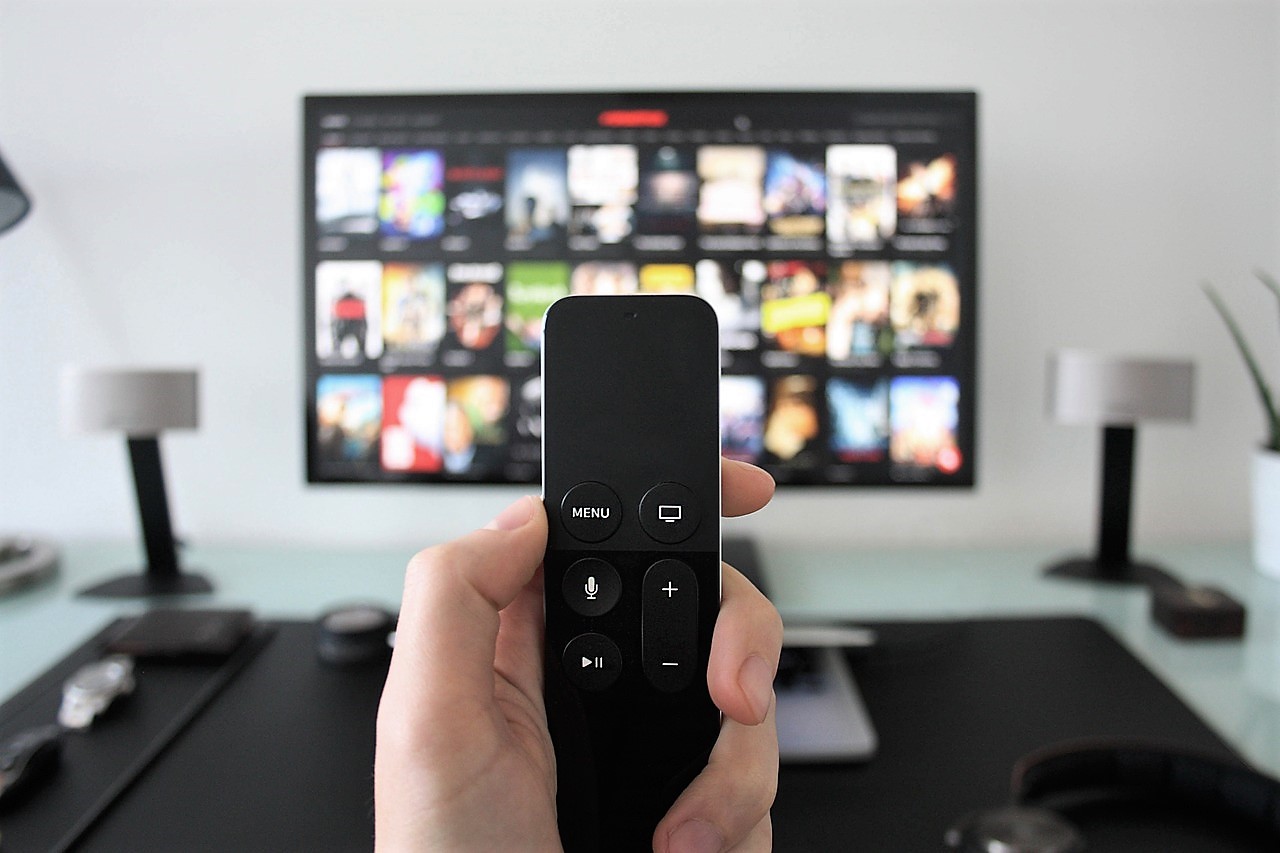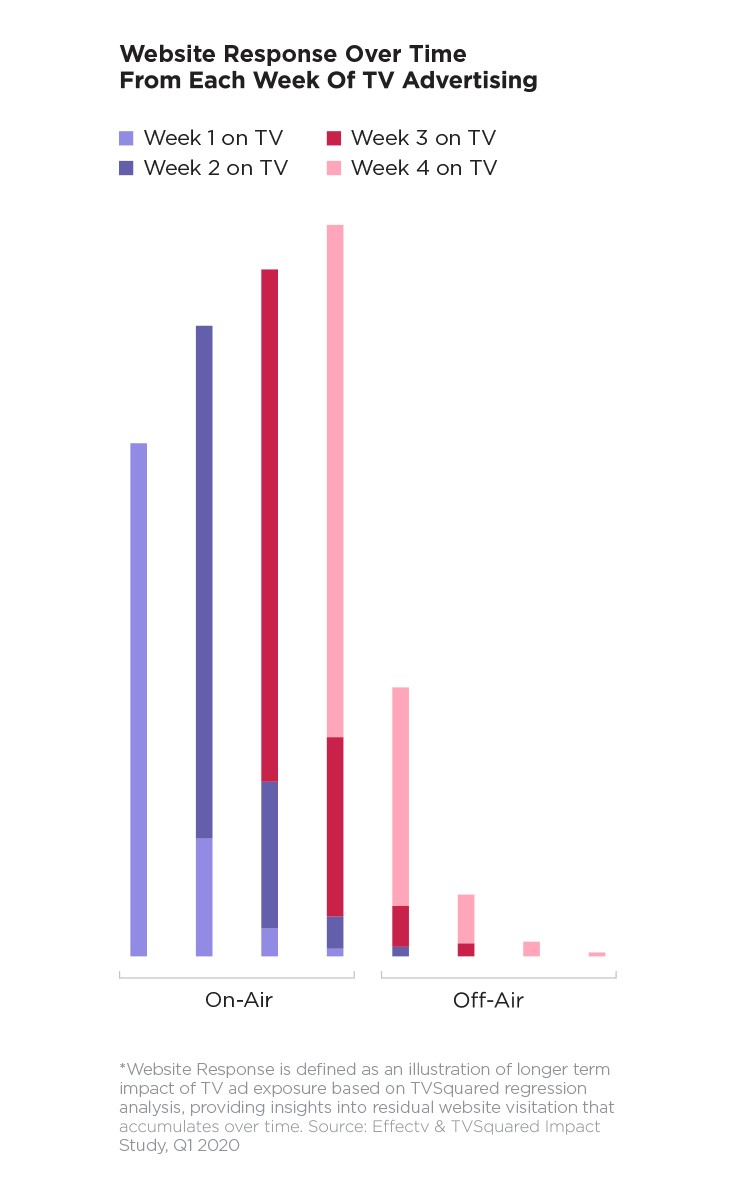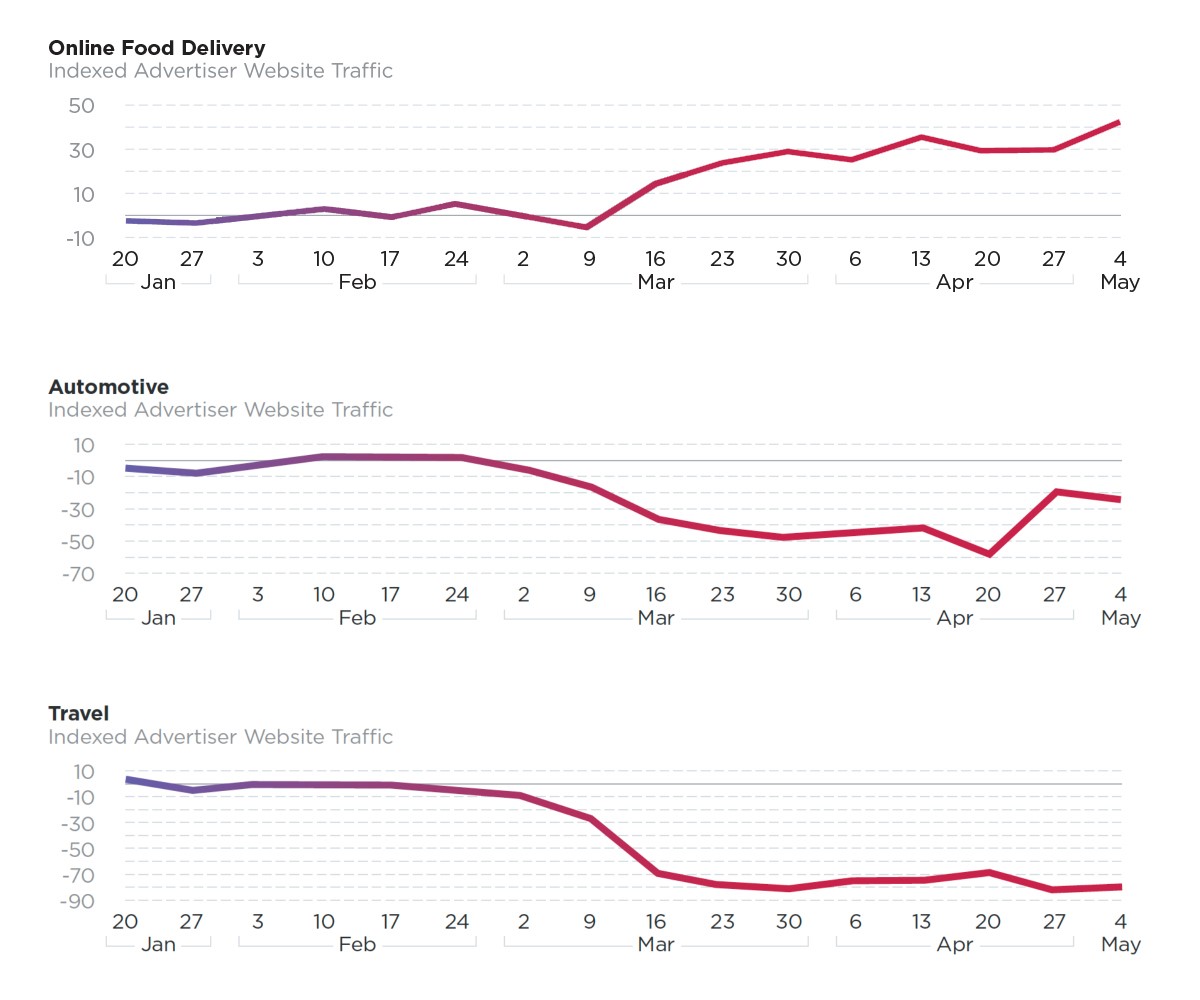TV's Impact on Consumer Behavior During COVID-19

Click here to download the full report. The COVID-19 pandemic has created a new reality for everyone, with many people adjusting to working from home and restrictions of movement. With consumers spending more time at home, we have seen an increase in TV viewership throughout the day compared to the same time last year. Despite the pause in high profile programming like live sports, consumers are watching more TV as they seek information (news) and distraction (entertainment) at new times (daytime and overnight) and on their own schedule (VOD). With many physical storefronts closed or restricted in terms of consumer interactions, brand websites and apps are more important than ever to engage with customers and prospects.
So how has TV impacted advertisers' ability to drive digital engagement in the past few months? Effectv, worked with TVSquared to analyze hundreds of campaigns and uncover the short- and long-term implications of staying on-air, the impact of COVID-19 across different ad categories and the effectiveness of pandemic-related creative changes.
The key findings from the new paper, "The Halo Effect: TV Drives Digital," include:
- The importance of staying on air: During times of crises, staying on air helps to maintain brand presence and triggers a "memory effect" among consumers. Among advertisers analyzed in Q1 2020, those that remained on air experienced a prolonged impact of +23% more website engagement insubsequent weeks. Those that went off air saw website visits drop by an average of -20%.

- COVID-19's impact varied greatly by category: Looking at week-by-week trends between January to May 2020, the study identified how the pandemic impacted TV performance for different verticals. Brands with direct-to-consumer (DTC) offerings had the highest rates of TV-attributed response, including e-commerce retail (+100%), online food delivery (+84%) and education (+41%). Categories that saw dips in website traffic were automotive, insurance and travel. While automotive and insurance showed signs of recovery by late April, travel was still experiencing weakened traffic, dipping as much as -80% versus pre-COVID levels.

- Creative changes performed, but consistency was key: Between March to April 2020, brands that ran COVID-19-related creatives saw an average lift of +37%, while those that did not only saw +13% lift. Even though creative changes increased response in most cases, the tactic alone was not always enough. Maintaining an ongoing, well-rounded schedule was even more critical for success. Brands that ran consistent, week-by-week schedules of pandemic-focused ads saw, on average, a +41% increase in immediate visitors. Those that ran pandemic-focused ads but had inconsistent schedules actually saw a decrease in visitors of -21%.
"The Halo Effect: TV Drives Digital" report includes more detailed insights on the key findings shared above, as well as industry-specific case studies, an analysis on the effectiveness of audience-first scheduling strategies, the latest findings on viewership trends, and detailed case studies by industry.
Click here to download the report.
Click the social buttons to share this story with colleagues and friends.
The opinions expressed here are the author's views and do not necessarily represent the views of MediaVillage.com/MyersBizNet.


